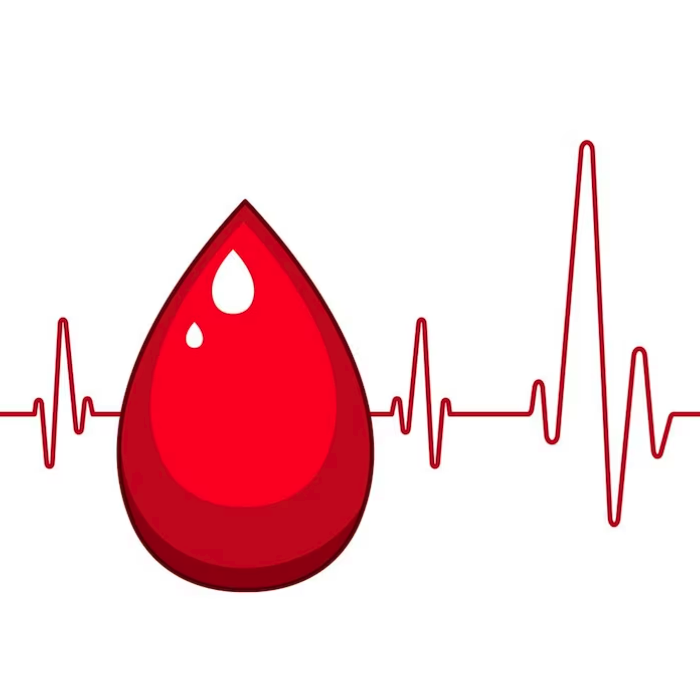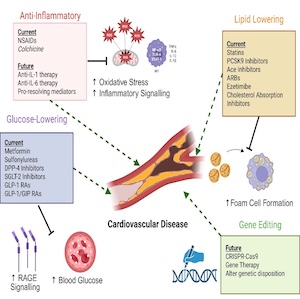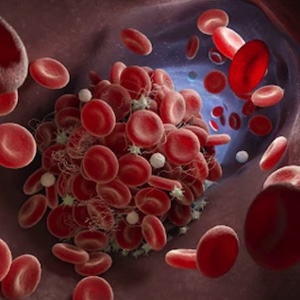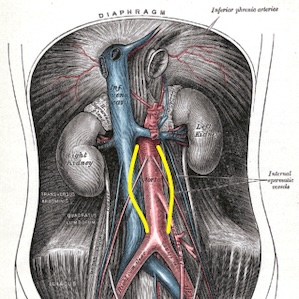Original Articles
Vol. 2 No. 2 (2023)
Management of anticoagulation in atrial fibrillation patients in Italy: insight from the Atrial Fibrillation-Survey on Anticoagulated Patients Register (AF-START)

Publisher's note
All claims expressed in this article are solely those of the authors and do not necessarily represent those of their affiliated organizations, or those of the publisher, the editors and the reviewers. Any product that may be evaluated in this article or claim that may be made by its manufacturer is not guaranteed or endorsed by the publisher.
All claims expressed in this article are solely those of the authors and do not necessarily represent those of their affiliated organizations, or those of the publisher, the editors and the reviewers. Any product that may be evaluated in this article or claim that may be made by its manufacturer is not guaranteed or endorsed by the publisher.
Received: 14 May 2023
Accepted: 22 June 2023
Accepted: 22 June 2023
1331
Views
470
Downloads
Similar Articles
- Francesco Marongiu, Elvira Grandone, Silvia Marongiu, Antonella Mameli, Doris Barcellona, Stroke in women: anticoagulation in a complicated puzzle , Bleeding, Thrombosis and Vascular Biology: Vol. 3 No. 2 (2024)
- Daniela Poli, Emilia Antonucci, Gualtiero Palareti, Roberto Facchinetti, Pietro Falco, Giuseppina Serricchio, Teresa Lerede, Lucilla Masciocco, Paolo Gresele, Sophie Testa, Major bleedings in mechanical prosthetic heart valves patients on Vitamin K antagonist treatment. Data from the PLECTRUM Study , Bleeding, Thrombosis and Vascular Biology: Vol. 1 No. 2 (2022)
- Gualtiero Palareti, Management of atrial fibrillation: a practical and useful synopsis of last guidelines , Bleeding, Thrombosis and Vascular Biology: Vol. 4 No. 1 (2025)
- Domenico Prisco, Irene Mattioli, Raffaele De Caterina, Alessandra Bettiol, The new era of anticoagulation: factor XI and XII inhibitors , Bleeding, Thrombosis and Vascular Biology: Vol. 2 No. 2 (2023)
- Paolo Prandoni, Personalized bleeding risk assessment for atrial fibrillation patients on direct oral anticoagulants: the DOAC score , Bleeding, Thrombosis and Vascular Biology: Vol. 2 No. 3 (2023)
- Vittorio Pengo, Comment on "Apixaban vs. aspirin for stroke prevention in people with subclinical atrial fibrillation and a history of stroke or transient ischemic attack: subgroup analysis of the ARTESiA randomized controlled trial" , Bleeding, Thrombosis and Vascular Biology: Vol. 4 No. 2 (2025)
- Anna Maria Gori, Eleonora Camilleri, Alessia Bertelli, Angela Rogolino, Francesca Cesari, Elena Lotti, Tommaso Capobianco, Walther Iannotti, Betti Giusti , Rossella Marcucci, Pleiotropic effects of anti-thrombotic therapies: have direct oral anticoagulants any anti-inflammatory effect? , Bleeding, Thrombosis and Vascular Biology: Vol. 1 No. 3 (2022)
- Paolo Simioni, Vittorio Pengo, Paolo Prandoni, Thrombosis and hemostasis at the University of Padua: a reappraisal on the occasion of its 800th year of history , Bleeding, Thrombosis and Vascular Biology: Vol. 1 No. 3 (2022)
- Yishi Tan, Marc Carrier, Nicola Curry, Michael Desborough, Kathryn Musgrave, Marie Scully, Tzu-Fei Wang, Mari Thomas, Simon J. Stanworth, Cancer complicated by thrombosis and thrombocytopenia: still a therapeutic dilemma , Bleeding, Thrombosis and Vascular Biology: Vol. 3 No. s1 (2024)
- Gisoo Imani, Aaron Wilson, Sara Vazquez, Daniel M. Witt, Pathways for lower extremity superficial vein thrombosis management in an academic medical center , Bleeding, Thrombosis and Vascular Biology: Vol. 4 No. 1 (2025)
1-10 of 70
Next
You may also start an advanced similarity search for this article.














